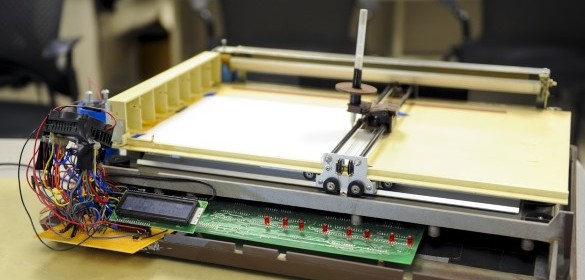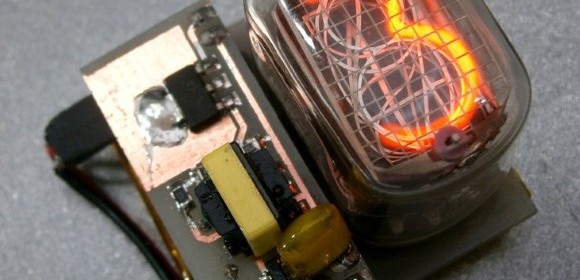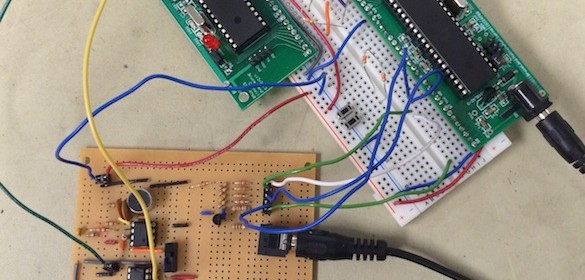Circuit printer: A rapid prototyping machine for electrical circuits

Another interesting micrcontroller-based design project done by Bruce Land‘s students at Cornell this fall is a circuit printer, a rapid prototyping machine that prints electrical circuits on a piece of paper. Designed by Connor Archard and Feiran Chen, this printer uses an electrically conductive ink pen to rapidly create circuits. The circuit to be printed is drawn through an Web-app and can be sent to the printer from anywhere in the local area network. As shown in the following demo video, the Web-app allows users to draw out circuits quickly, converts them into vectors and then send them out frame by frame
Read more


